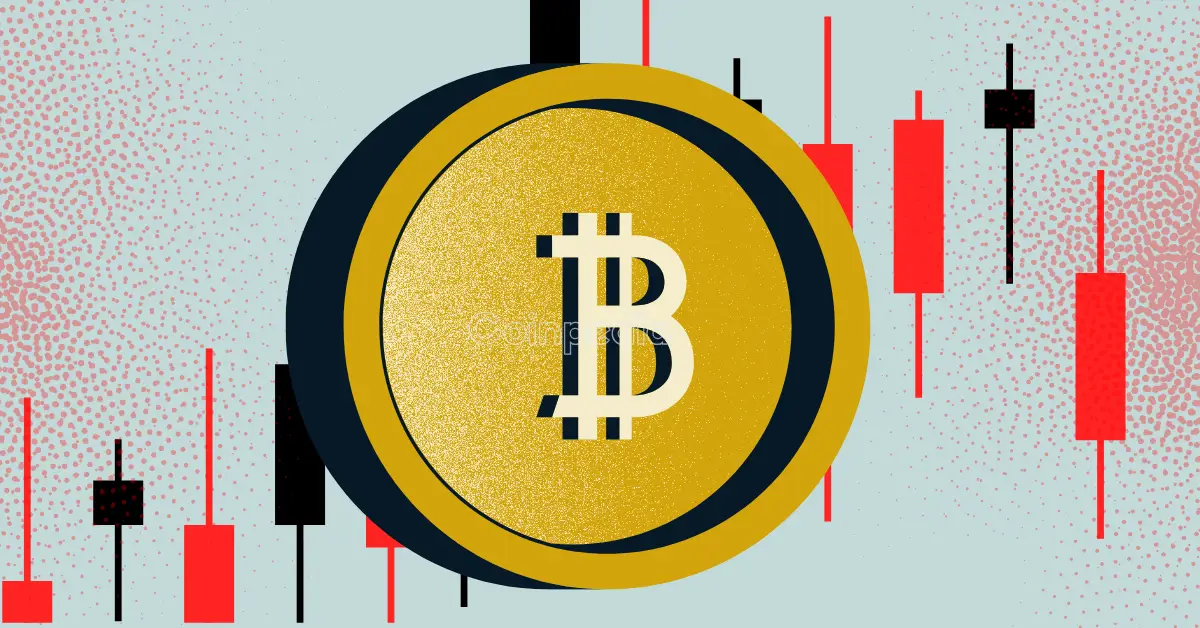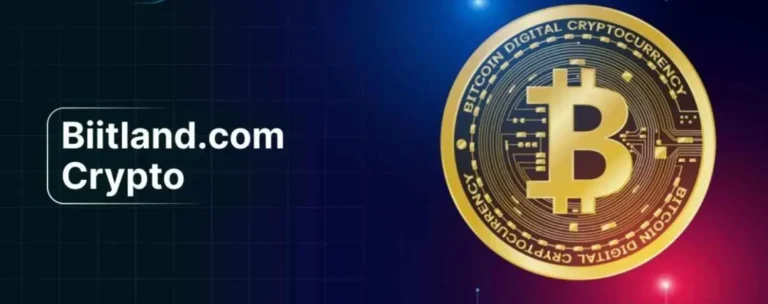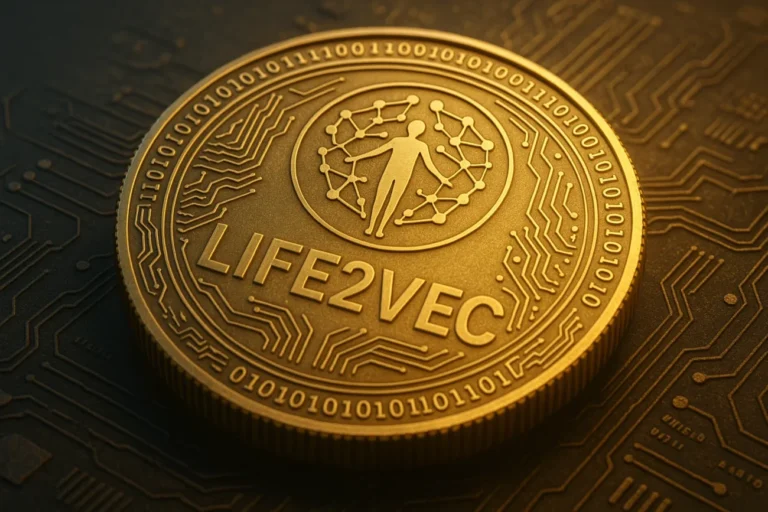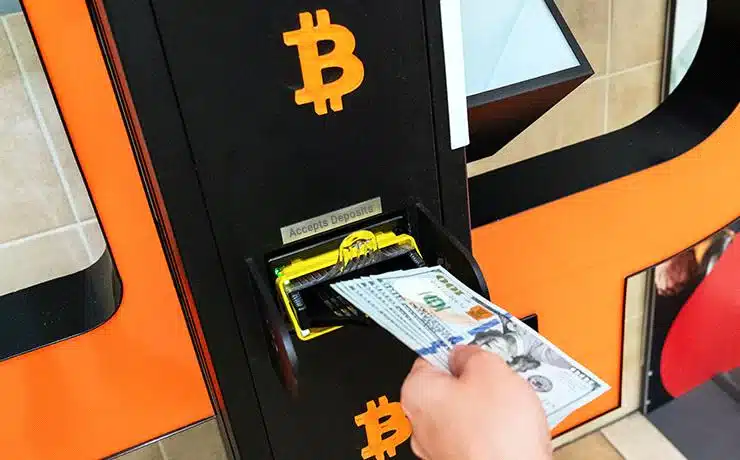Priced in Bitcoin 21 – Why the 21M Supply Cap Matters Now
Imagine buying a house, a car, or even a coffee—not with dollars or euros, but with a currency capped at 21 million units forever. Bitcoin, the world’s first decentralized cryptocurrency, makes this possible. Its unique supply limit of 21 million coins shapes a new way to think about value: “priced in Bitcoin 21.” This concept involves valuing goods, services, or assets in Bitcoin, factoring in its finite supply. As Bitcoin’s price soars—hitting $111,891.30 in December 2024—this perspective is gaining traction. In this article, we’ll explore Bitcoin’s 21 million cap, how it influences pricing, its environmental impact, and its role in the future economy. Let’s dive into why “priced in Bitcoin 21” matters.
The Basics of Bitcoin’s 21 Million Supply Cap
What Is Bitcoin’s 21 Million Cap?
Bitcoin operates on a protocol designed by its mysterious creator, Satoshi Nakamoto. A key feature? Only 21 million Bitcoins will ever exist. This limit is hardcoded into Bitcoin’s blockchain, ensuring scarcity. Miners, who secure the network by solving complex math problems, release new coins through block rewards. These rewards halve roughly every four years in an event called the “halving.” As of June 2025, about 19.8 million Bitcoins are in circulation, with the rest to be mined by 2140.
Why 21 Million Matters
Scarcity drives value. Unlike fiat currencies, which central banks can print endlessly, Bitcoin’s fixed supply mimics rare commodities like gold. This makes it a potential store of value. “Priced in Bitcoin 21” reflects this scarcity, encouraging people to measure wealth against a finite asset. For example, if a car costs 0.5 BTC today, its price in Bitcoin could drop as Bitcoin’s value rises, unlike inflating fiat prices. This deflationary nature sets Bitcoin apart.
Understanding “Priced in Bitcoin 21”
Defining Priced in Bitcoin 21
“Priced in Bitcoin 21” means valuing anything—real estate, stocks, or daily purchases—in Bitcoin, with its 21 million cap as the backdrop. Historically, platforms like pricedinbitcoin21.com showcased goods priced in BTC, from tech gadgets to luxury items. This approach shifts focus from volatile fiat currencies to a currency with predictable issuance. It’s not just about paying with Bitcoin; it’s about rethinking value in a world where only 21 million coins exist.
Economic Implications
Bitcoin’s fixed supply creates unique economic dynamics. Unlike dollars, which lose value due to inflation, Bitcoin’s scarcity can increase its purchasing power over time. However, its price volatility—swinging from $69,000 to $111,891.30 in 2024—complicates pricing. A coffee priced at 0.0001 BTC today might cost 0.00005 BTC tomorrow if Bitcoin’s value doubles. This deflationary pressure encourages holding Bitcoin rather than spending it, a concept called “HODLing.” Yet, as adoption grows, stable pricing in Bitcoin could emerge.
Real-World Examples
Bitcoin pricing is already in action. In 2021, a Miami condo was listed for 33 BTC. Today, companies like BitPay enable Bitcoin payments for everyday items, from Amazon gift cards to Tesla cars. However, volatility remains a hurdle. A retailer pricing a $100 item in Bitcoin must constantly adjust for price swings, which discourages widespread adoption. Still, Bitcoin’s divisibility into satoshis (1 BTC = 100 million satoshis) makes microtransactions feasible, supporting its use in pricing.
Environmental Impacts of Bitcoin Mining
The Energy Footprint of Bitcoin
Bitcoin mining, the process of validating transactions and earning new coins, is energy-intensive. Miners use powerful computers to solve cryptographic puzzles, consuming vast amounts of electricity. Studies estimate Bitcoin’s annual energy use at 150 TWh, rivaling small countries. In 2024, 45% of mining relied on coal, 21% on natural gas, and 28% on hydropower, per the Cambridge Bitcoin Electricity Consumption Index. Hydropower, while renewable, can harm ecosystems by disrupting rivers and wildlife habitats.
Global Mining Trends
Mining locations shift based on cheap electricity. In 2020, China dominated with 73% of global mining, but its 2021 crackdown dropped that to 21%. The U.S. and Kazakhstan have since taken larger shares, with 38% and 13% respectively. However, low-cost regions often rely on fossil fuels, worsening environmental impacts. For instance, Kazakhstan’s coal-heavy grid offsets renewable gains elsewhere. This geographic fluidity complicates efforts to green Bitcoin’s footprint.
Mitigating Environmental Concerns
Hope exists for sustainable mining. Renewables like solar (2%) and wind (5%) are growing, driven by miners in regions like Texas, where wind farms are abundant. Innovations like immersion cooling reduce energy waste. Some propose carbon offset programs, though their effectiveness is debated. Regulatory pushes, like the EU’s sustainability mandates, could force miners to adopt cleaner practices. Still, balancing Bitcoin’s growth with environmental responsibility remains a challenge.
Pricing Dynamics and Market Trends
Bitcoin’s Price Volatility
Bitcoin’s price history is a rollercoaster. From $69,000 in November 2021 to $111,891.30 in December 2024, it’s driven by supply, demand, and sentiment. Halvings, which cut mining rewards, historically spark price surges by tightening supply. The 2024 halving pushed Bitcoin’s price up 60% within months. Yet, speculative trading, like $300,000 call options on exchanges, fuels volatility. This makes pricing goods in Bitcoin tricky but exciting for investors.
Institutional and Corporate Adoption
Big players are embracing Bitcoin. MicroStrategy holds over 250,000 BTC as a treasury asset, betting on its long-term value. Bitcoin ETFs, launched in 2024, attracted $20 billion in inflows, per CoinDesk. These moves stabilize Bitcoin’s price by signaling trust from traditional finance. For “priced in Bitcoin 21,” institutional backing means more businesses may accept BTC, creating a feedback loop of adoption and stability.
Speculative vs. Practical Pricing
Bitcoin’s value splits into two camps: speculative and practical. Speculators drive prices, hoping to sell at a peak (the “greater fool theory”). Meanwhile, practical pricing—using Bitcoin for transactions—lags due to volatility. A merchant accepting 0.1 BTC for a $10,000 item risks losses if Bitcoin crashes. Solutions like stablecoin pairings or real-time BTC-to-fiat conversions are bridging this gap, making “priced in Bitcoin 21” more viable.
Practical Applications of Pricing in Bitcoin
Everyday Transactions
Bitcoin’s divisibility makes it versatile. A coffee might cost 10,000 satoshis, while a house could be 10 BTC. Platforms like 21bitcoin.app simplify secure storage and payments, letting users buy gift cards or pay merchants globally. In El Salvador, where Bitcoin is legal tender, businesses from Starbucks to local vendors accept BTC. This shows “priced in Bitcoin 21” can work for small and large purchases alike.
Challenges and Opportunities
Volatility and regulation are hurdles. A sudden 20% price drop could disrupt a retailer’s margins. Regulatory uncertainty—some countries ban BTC, others tax it heavily—slows adoption. Yet, opportunities abound. Bitcoin’s borderless nature cuts out middlemen, reducing fees for international transactions. As more people hold Bitcoin (over 50 million wallets in 2025), demand for BTC-priced goods could grow, stabilizing its use.
The Future of Priced in Bitcoin 21
Long-Term Value Proposition
By 2140, all 21 million Bitcoins will be mined. As supply growth stops, Bitcoin’s value could soar, making “priced in Bitcoin 21” a standard for measuring wealth. If Bitcoin becomes a global store of value, like digital gold, goods priced in BTC might cost fractions of a coin, reflecting its increased purchasing power. This deflationary future could reshape economies, favoring savers over spenders.
Technological and Regulatory Outlook
The Lightning Network, a layer-2 solution, enables instant, low-cost Bitcoin transactions, perfect for everyday pricing. Regulatory trends are mixed: the U.S. clarifies crypto taxes, while India considers stricter rules. Clearer regulations could boost confidence in Bitcoin pricing. Innovations like Taproot improve privacy and efficiency, making Bitcoin more practical for commerce. The future of “priced in Bitcoin 21” hinges on these advancements.
Must Read About: FTAsiaManagement Economy News from FintechAsia – Bold Insights
“Priced in Bitcoin 21” offers a fresh lens on value, rooted in Bitcoin’s 21 million coin cap. Its scarcity drives unique economic dynamics, from deflationary pricing to global transactions. Yet, challenges like volatility and environmental concerns persist. As Bitcoin evolves—fueled by institutional adoption and tech like the Lightning Network—it could redefine how we price goods and services. Explore Bitcoin’s potential, but stay mindful of its risks and environmental footprint. The 21 million limit isn’t just a number; it’s a revolution in how we view money.
FAQs – Priced in Bitcoin 21
1. How does pricing in Bitcoin differ from stablecoins like USDT or USDC?
Stablecoins are pegged to fiat currencies like the U.S. dollar, maintaining a stable value, while Bitcoin’s price fluctuates due to its fixed 21 million coin supply. Pricing in Bitcoin 21 reflects its potential as a deflationary asset, but stablecoins are preferred for consistent transaction values.
2. Can small businesses realistically adopt “priced in Bitcoin 21” for daily operations?
Small businesses can adopt Bitcoin pricing using payment processors like BitPay, but they must manage volatility risks, possibly by instantly converting BTC to fiat. This approach aligns with Bitcoin’s 21 million cap but requires robust accounting systems.
3. What role does Bitcoin’s 21 million cap play in combating hyperinflation in developing countries?
In countries with hyperinflation, Bitcoin’s fixed supply offers a hedge against currency devaluation. Pricing goods in Bitcoin 21 could stabilize local economies, though adoption depends on internet access and education.
4. How do taxes work when goods are priced in Bitcoin?
In many jurisdictions, Bitcoin transactions are treated as taxable events. If you sell an item priced in Bitcoin 21, you may owe capital gains tax on any BTC appreciation since acquisition. Always consult local tax laws.
5. Can “priced in Bitcoin 21” be applied to investment portfolios?
Yes, investors can value portfolios in Bitcoin to measure performance against its 21 million cap. This approach highlights Bitcoin’s scarcity-driven growth but requires adjusting for its volatility compared to traditional assets.
6. How does Bitcoin’s 21 million cap affect its use in peer-to-peer lending?
Bitcoin’s fixed supply makes it appealing for P2P lending, as lenders can demand repayments priced in Bitcoin 21, potentially gaining value as BTC appreciates. However, borrowers face risks if Bitcoin’s price surges.
7. What are the psychological impacts of pricing goods in Bitcoin instead of fiat?
Pricing in Bitcoin 21 can shift consumer mindsets, encouraging saving over spending due to Bitcoin’s deflationary nature. This could reduce impulse purchases but may slow economic velocity.
8. How does “priced in Bitcoin 21” impact global trade agreements?
Using Bitcoin for trade could bypass fiat currency fluctuations, leveraging its 21 million cap for predictable pricing. However, international regulations and acceptance vary, limiting widespread use in trade deals.
9. Can artists or creators use “priced in Bitcoin 21” for NFTs or digital goods?
Artists can price NFTs or digital works in Bitcoin, capitalizing on its scarcity to attract crypto-savvy buyers. This aligns with the “priced in Bitcoin 21” concept but requires platforms supporting BTC payments.
10. How does Bitcoin’s 21 million cap influence its role in decentralized finance (DeFi)?
In DeFi, Bitcoin’s fixed supply makes it a reliable collateral asset. Pricing DeFi services in Bitcoin 21 could enhance trust in protocols, but integration with Ethereum-based platforms often requires wrapped Bitcoin (WBTC).







